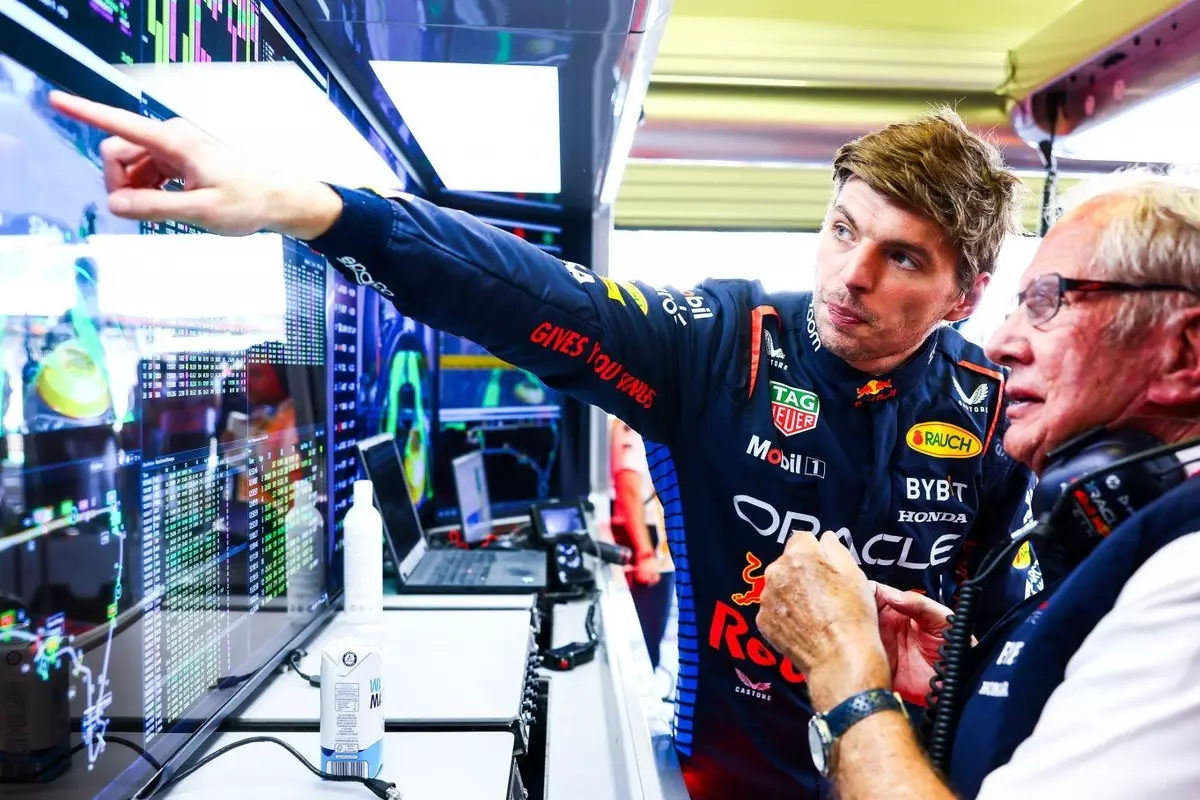Red Bull Racing, a formidable name in Formula 1, recognizes that the key to reclaiming its championship glory in 2025 lies not merely in enhancing downforce but in refining the overall balance and handling of its car. The Milton Keynes team has spent recent months analyzing their performance, particularly in light of a challenging season where initial advantages were overshadowed by strong competition, notably from rivals like McLaren and Ferrari. Despite Max Verstappen securing the drivers’ championship, the team’s third-place finish in the constructors’ standings indicates the need for a strategic pivot ahead of the upcoming season.
In motorsport, especially Formula 1, the eagerness to generate more downforce can often overshadow holistic performance considerations. Red Bull’s motorsport advisor, Helmut Marko, articulates a more nuanced approach for 2025, advocating for a broader operational window for their car. He emphasizes that predictability and stability under varying conditions are paramount. “We know what to do,” Marko stated, noting that the team is actively working to ensure that the car remains balanced even under slight temperature variations or minor technical adjustments.
The implication is clear: while gaining 40 additional points of downforce may seem enticing, tangible time improvements—measured in tenths of a second—on the racetrack hold greater significance, particularly when it comes to establishing driver confidence. This need for consistent handling is critical, as it allows drivers to push limits and perform optimally, an element that can define success in the highly competitive world of Formula 1.
Looking ahead to 2025, Red Bull acknowledges that the competition is set to intensify, partly due to unchanged regulations that foster closer performance among teams. Marko expresses a realistic yet determined outlook, expecting a tightly contested battle for supremacy among the leading teams. As previous seasons have shown, the dynamic of copying successful designs among teams becomes more prevalent in later years of regulation cycles, further tightening the competition.
This upcoming season might be marked by a significant increase in competitive parity, resulting in a thrilling array of races where meticulous attention to car design and strategy will be crucial. Red Bull’s confidence stems from its strong history of innovation and performance, yet the impending challenges bring a sense of urgency to the responsibility of delivering a high-performance vehicle.
As preparations for the 2025 season ramp up, the team is also facing speculation around its driver lineup. With the uncertainty surrounding Sergio Perez’s position following a season of underwhelming results, conversations regarding the driver pairing with Verstappen are intensifying. Marko reveals that the design and handling of the RB21 will be closely aligned with Verstappen’s driving preferences, ensuring that whoever partners him can adapt effectively to the car’s unique characteristics.
The intricate balance within Red Bull extends beyond mechanical engineering; it is fundamentally about personal dynamics and the synergy between drivers and car. By focusing on Verstappen’s strengths, the team hopes to create an environment where success is not only probable but expected. This strategic consideration underscores Red Bull’s commitment to fostering a competitive spirit while aiming for championship-level results.
As the countdown to the new season begins, Red Bull Racing appears poised to implement a comprehensive plan that revolves around refining car balance while maintaining a competitive edge. The car’s development is evidently set against a backdrop of intense scrutiny and anticipation among fans and competitors alike. An announcement regarding their driver lineup is imminent, raising the stakes for how Red Bull will construct its future strategies.
Marko’s confidence in the team’s ability to adapt, innovate, and ultimately deliver a championship-contending car for Verstappen signals that Red Bull is ready to turn challenges into opportunities. As they prepare for what is sure to be a captivating 2025 season, the emphasis on balance—both in terms of car performance and driver dynamics—will be crucial to reigniting their championship ambitions on the Formula 1 stage.


Leave a Reply